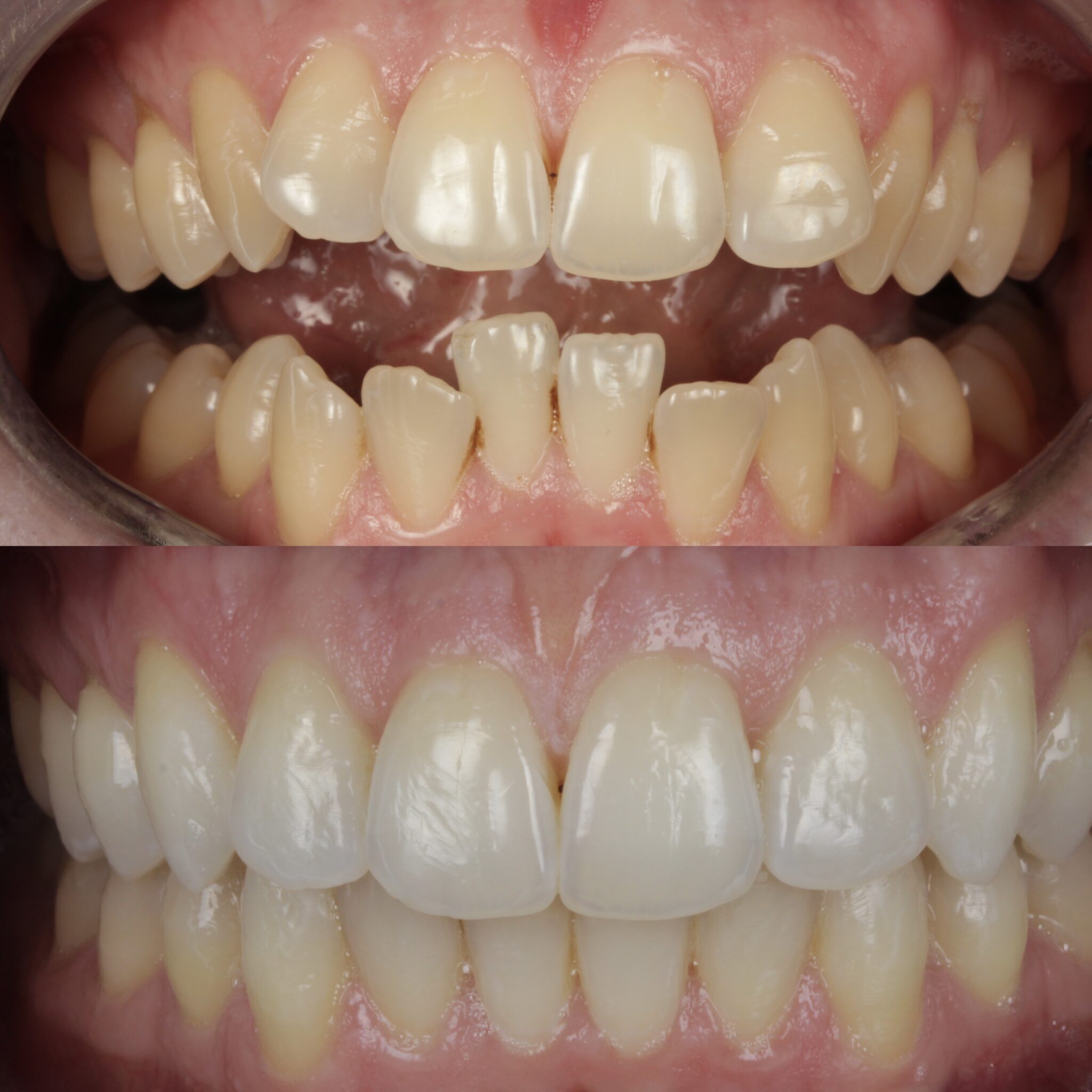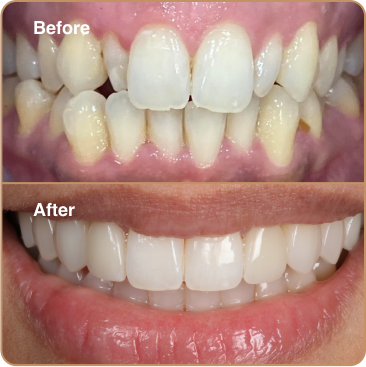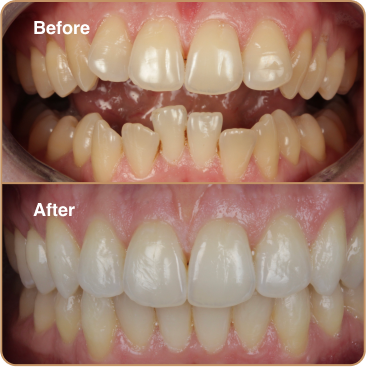Crooked teeth, are teeth that don’t line up straight. This is a common issue and can happen because of things like genetics, childhood habits, or the size of your jaw.
Crooked teeth can affect how you look and feel about yourself, and they can also cause problems with your oral health, like tooth decay, gum disease, and trouble chewing. But don’t worry—there are many effective treatments available that can help straighten your teeth and improve your smile











